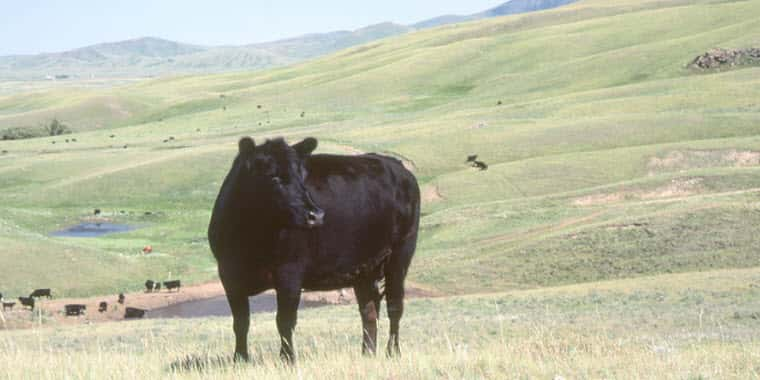University of California, Davis, professor and air-quality specialist Frank Mitloehner, Ph.D., is working to clarify the role of livestock in greenhouse gas emissions. Mitloehner recently published a white paper titled “Livestock's Contributions to Climate Change: Facts and Fiction,” that shows food animals are minor contributors to U.S. and global GHG emissions.
In the paper, Mitloehner notes that the U.S. Environmental Protection Agency and leading scientists have quantified livestock as the source of just 4.2 percent of all U.S. GHG emissions. This is a long way from the repeated claim by special interest groups that livestock account for up to 51 percent of all GHG emissions – as much as or more than the transportation and energy sectors that contribute 27 percent and 31 percent, respectively.
According to EPA data, beef cattle contribute 2.2 percent, dairy cattle 1.37 percent, swine 0.47 percent, poultry 0.08 percent, sheep 0.03 percent, goats 0.01 percent and other (horses, etc.) 0.04 percent of GHG emissions.
Putting these percentages into perspective, Mitloehner's figures show that if all Americans adopted Meatless Mondays, the annual reduction in U.S. GHG emissions would total 0.6 percent. In contrast, if Americans replaced incandescent lightbulbs with “Energy Star” rated bulbs, the reduction in GHG emissions would be 1.2 percent each year, twice that from abstaining from meat.
Read Mitloehner's full white paper at www.afia.org/rc_files/801/livestocks_contribution_to_climate_change_facts_and_fiction.pdf.
Source: American Sheep Industry Newsletter
Photo courtesy of USDA NRCS: Cows on rangeland in Toole County, Montana. July 1983


